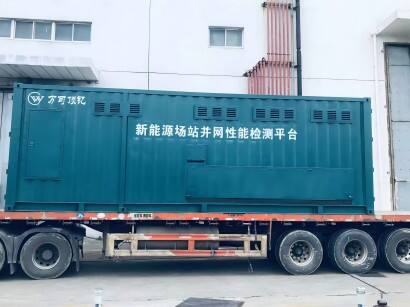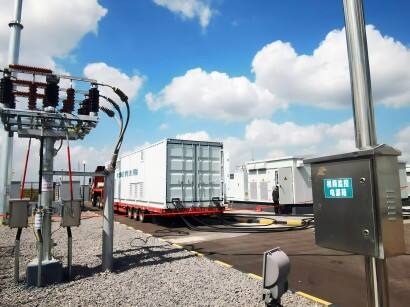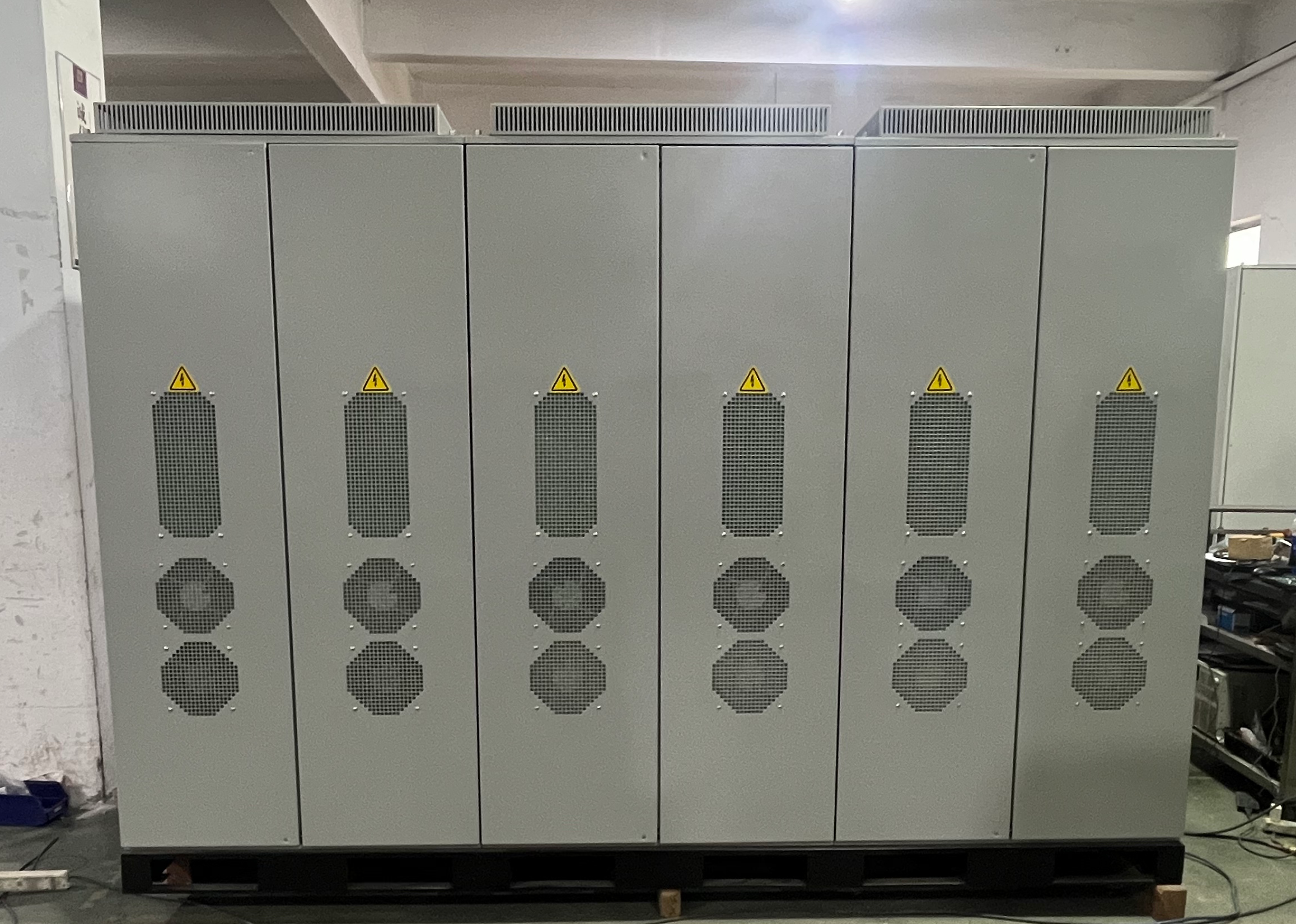new energy sources
New energy sources represent a revolutionary shift in how we power our world, encompassing solar, wind, hydrogen, and other renewable technologies. These innovative power solutions harness natural phenomena to generate clean, sustainable electricity while minimizing environmental impact. Solar technology converts sunlight into usable energy through photovoltaic cells, while wind turbines capture kinetic energy from moving air masses. Hydrogen fuel cells produce electricity through chemical reactions, emitting only water vapor as a byproduct. Advanced energy storage systems, including cutting-edge batteries and thermal storage solutions, ensure consistent power availability despite intermittent natural conditions. These technologies integrate seamlessly with existing power grids through smart infrastructure, enabling efficient distribution and management of electricity. Modern new energy systems incorporate artificial intelligence and IoT capabilities for optimal performance monitoring and automatic adjustment based on usage patterns and environmental conditions. The applications range from residential power supply to industrial operations, transportation systems, and urban infrastructure development. These solutions are scalable, allowing implementation in both small-scale residential projects and large-scale utility operations.




